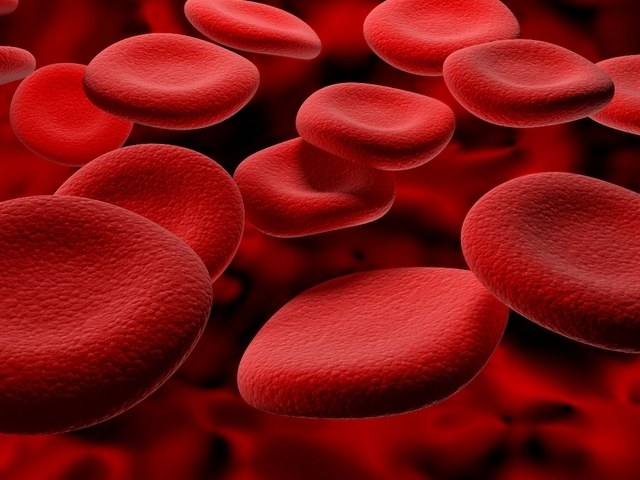The basic terms of rheology
The blood in the human body moves at a different speed, which depends on cardiac contractility and functional state of the blood stream. At a relatively small rate of flow of particles of blood are parallel to each other. Such a flow is called laminar, while the flow of blood is layered. If the linear velocity of blood increases and becomes greater than a certain size, it becomes chaotic (so-called "turbulent" flow).
The blood velocity is determined by Reynolds number, its value at which the laminar flow becomes turbulent is approximately 1160. Data show that the turbulence of blood flow is possible in places of branching of the large vessels at the beginning of the aorta. For most vessels characterized by laminar blood flow. The movement of blood through the vessels is also characterized by another important parameter: the "shear stress" and "shear rate".
The viscosity of blood will depend on the shear rate (in the range of 0.1-120 s-1). If the shear rate over 100 s-1 the viscosity change of blood is not expressed explicitly, after the shear rate reaches 200 c-1, viscosity does not change.
Shear stress is force acting per unit area of the vessel, it is measured in Pascals (PA). Shear rate is measured in inverse seconds (s-1), this parameter represents the rate at which moving parallel to the layers of fluid move relative to each other. Blood is characterized by viscosity. It is measured in Pascal-seconds and is defined as the ratio of shear stress to shear rate.
How do the properties of blood
The main factor influencing blood viscosity is the concentration of erythrocytes is called the hematocrit. The hematocrit is determined from the blood samples using centrifugation. Blood viscosity is also temperature dependent and is determined by the composition of proteins. Most on the viscosity of blood is influenced by the fibrinogen and globulins.
Still the actual problem of development of methods of analyzing the rheology, which would objectively reflect the properties of blood.
The main value for evaluation of the properties of blood is its aggregation state. The main methods of measuring properties of the blood are carried out using viscometers of various types, devices used, operating according to the method of Stokes and on the principle of registration of electrical, mechanical, acoustic vibrations; rotational rheometers, capillary viscometers. The application of rheological techniques allows us to study the biochemical and biophysical properties of blood with the purpose of managing microregulation in metabolic and hemodynamic disorders.







